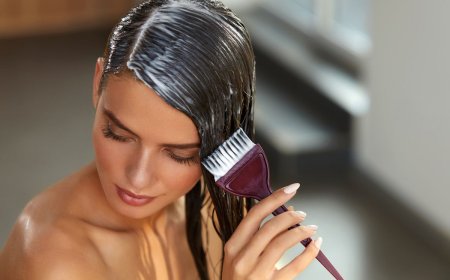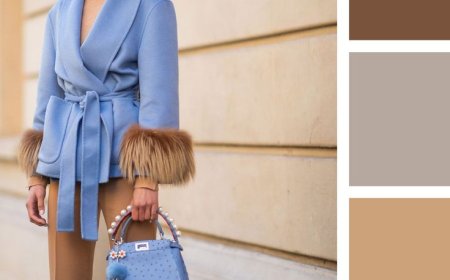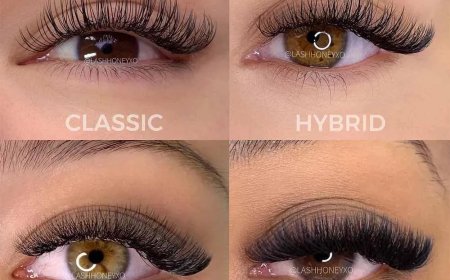Before and After Henna Hair Dye: Natural Color with Stunning Results
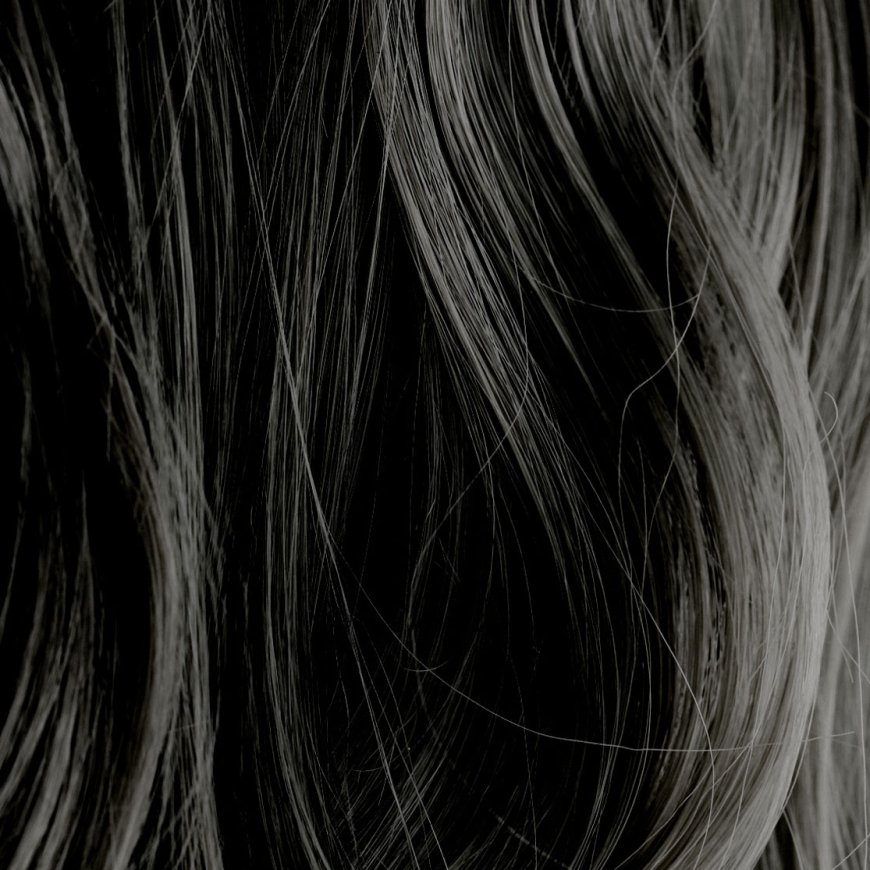
Henna hair dye has gained recognition across diverse cultures for its unique ability to provide both color and nourishment to hair. By collaborating with the natural properties of henna, many individuals have embraced this ancient practice, anticipating transformative results. Before exploring the profound implications of henna hair dye, it is essential to delve into the historical background and the cultural significance of henna itself. The Cultural Heritage of Henna
Historically, henna (Lawsonia inermis) has been utilized since ancient times, particularly in regions such as North Africa, the Middle East, and South Asia. This evergreen shrub blooms with fragrant flowers and produces leaves that contain lawsone, a pigment responsible for the dyeing properties. The application of henna is steeped in tradition and symbolism; it is commonly associated with celebrations, weddings, and rites of passage. In India, for instance, intricate henna designs are auspicious during marriage ceremonies, while in the Middle East, the dye is used to adorn the hair and body for festive occasions.
This cultural milieu wraps henna in warmth and familiarity; however, its hair dyeing function goes beyond aesthetic appeal. The use of henna also signifies a shift from synthetic hair products laden with chemicals to a more holistic approach to beauty and self-care. The lush green pigment derived from henna serves as a bridge to elegance and wellness, alluring modern individuals eager for sustainable and eco-friendly alternatives in hair care. Understanding the Benefits of Henna Hair Dye
One of the most compelling reasons to consider henna as a viable hair dye option is its plethora of benefits for hair health. Unlike chemical dyes that often lead to damage and dryness, henna conditions and fortifies the hair strands. Nourishing Properties
Henna is renowned for its ability to improve hair texture, rendering it softer and more voluminous. It achieves this through a variety of mechanisms. Firstly, henna forms a protective layer around the hair shaft, shielding it from environmental aggressors such as pollution and UV rays. Secondly, it aids in locking moisture within the strands, which is pivotal for individuals dealing with dry or brittle hair. Thirdly, henna contains anti-fungal and anti-bacterial properties, which can alleviate conditions such as dandruff and promote a healthier scalp. Natural Coloring Agent
Additionally, henna serves as a natural coloring agent, providing deep, rich tones without the adverse side effects associated with synthetic alternatives. The result can range from a warm auburn to a striking jet-black hue, depending on the base color of the hair and the specific henna blend used. This transformative capability encourages individuals to revel in their uniqueness while enhancing their natural beauty. Long-Lasting and Non-Toxic
Unlike conventional dyes that may require frequent touch-ups, henna's semi-permanent nature allows for a more prolonged vibrancy. Typically, the color lasts anywhere from 4 to 6 weeks, fading gradually without the harsh telltale signs of regrowth that are commonplace with synthetic dyes. Moreover, the non-toxic composition of henna aligns with an increasing awareness around the importance of chemical-free beauty products, addressing consumer concerns about health and safety. Before Applying Henna Hair Dye: Essential Considerations
As the allure of henna becomes increasingly apparent, it is crucial to approach this dyeing process with circumspection. A few fundamental pre-application considerations can significantly impact the outcome of coloring. Patch Testing
Before embarking on the henna journey, individuals should always conduct a patch test. This procedure involves applying a small amount of henna to a discrete area to check for any adverse reactions. Although henna is generally well-tolerated, some individuals may experience allergic responses, particularly if mixed with additional ingredients. Strand Testing
Strand testing is another indispensable precaution. By applying henna to a small section of hair, one can observe how the color interacts with their natural hue. This assessment not only ensures satisfaction with the final result but also gauges the duration it takes for the henna to develop, as this can vary significantly based on factors such as hair type and porosity. Preparation of Henna Mixture
The preparation of henna is fundamental to achieving optimal results. One must select high-quality henna, ideally sourced from reputable suppliers. Mixing henna with various liquids—such as water, lemon juice, or herbal infusions—can affect the dye release and the final shade obtained. Additionally, additives like essential oils or tea can enhance the dyeing process while also benefiting the hair. Application Techniques: The Art of Henna
Applying henna is not merely a procedural task; it is an art form that requires patience and finesse. Ensuring that the hair is clean and free from products will optimize dye absorption. Sectioning the hair can facilitate an even application, ensuring no part is left untouched. Depending on the desired depth of color, henna may be left on the hair for varying lengths of time, but generally, a duration of two to four hours is suitable for most shades to develop. After the Henna: Embracing the Stunning Results
Once the henna has been washed out, the excitement builds as one anticipates the transformation. The resulting color is typically more vibrant than initially perceived. The different shades resultant of henna application not only enhances one’s appearance but also emits a healthful sheen— a testament to the nourishing effects of the dye. Caring for Henna-Treated Hair
To prolong the longevity of the henna color, certain aftercare practices are advisable. Utilizing sulfate-free shampoos and conditioners enables a gentle cleanse without stripping the hair of its color. Additionally, incorporating regular oil treatments can maintain hydration and shine, keeping the hair resilient and lustrous between applications. The Evolution of Perception: Embracing Natural Beauty
The choice to dye one's hair with henna often fosters a deeper connection with one's roots and encourages a paradigm shift towards natural beauty. In an era where chemical-laden products dominate, henna represents a return to authenticity. It signifies a choice to honor the body's inherent qualities while crafting a unique identity.
As individuals observe the before and after henna hair dye, they may find profound satisfaction in their transformation—not solely in the aesthetic changes but also in the exploratory journey. The result is a celebration of individuality; henna accomplishes not just a change in appearance but heralds an awakening of self-perception. This natural dye exemplifies the notion that true beauty lies in embracing one’s authenticity while treating oneself with care and reverence.
In summation, henna hair dye offers a unique intersection of tradition and modernity. The promising results extend far beyond color, encapsulating nourishment, health, and identity. By undertaking the henna dyeing journey, individuals invite curiosity and embrace their distinct stories, prompting others to reconsider their own hair care practices, ultimately fostering a culture that celebrates natural beauty through wellness and artistry.
What's Your Reaction?
 Like
0
Like
0
 Dislike
0
Dislike
0
 Love
0
Love
0
 Funny
0
Funny
0
 Angry
0
Angry
0
 Sad
0
Sad
0
 Wow
0
Wow
0

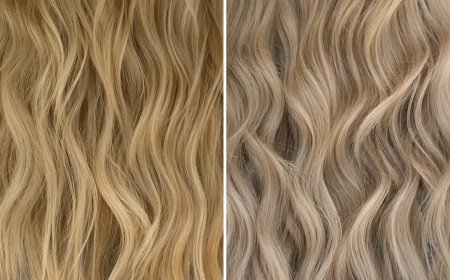
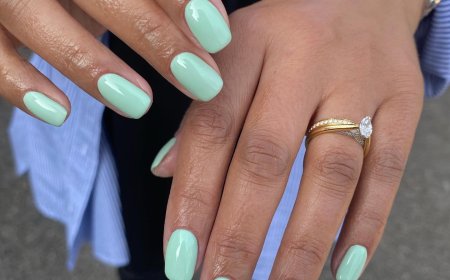
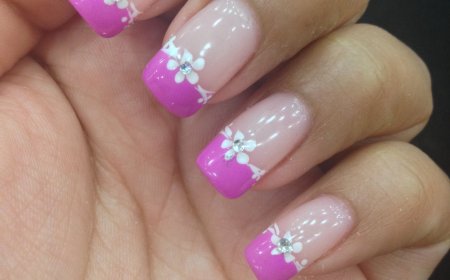

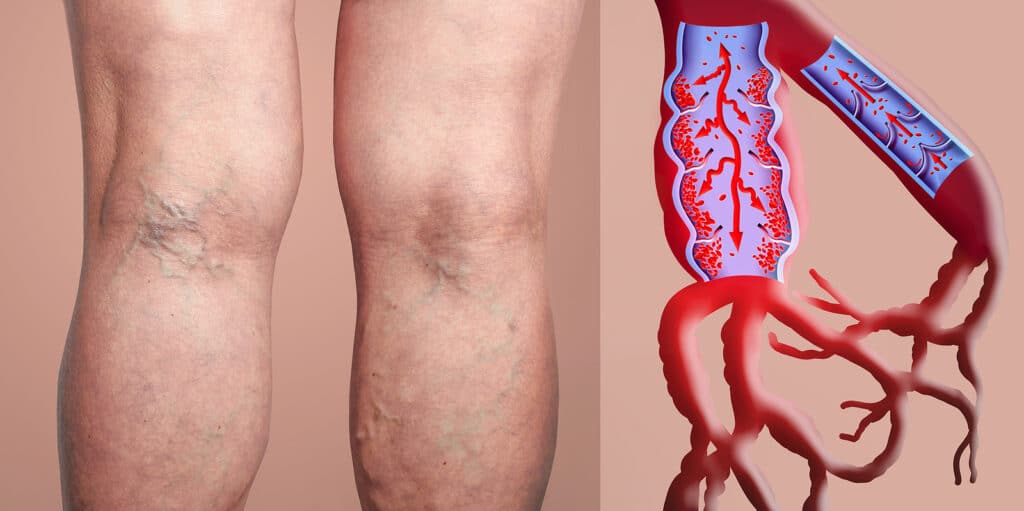

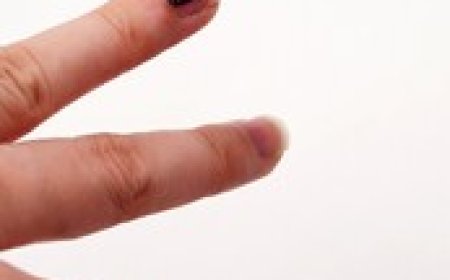
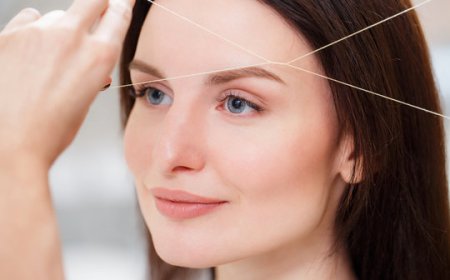
:max_bytes(150000):strip_icc()/drugstore-retinol-creams-tout-f76b9d2796e34eaa8376801c83fb1888.jpg)
